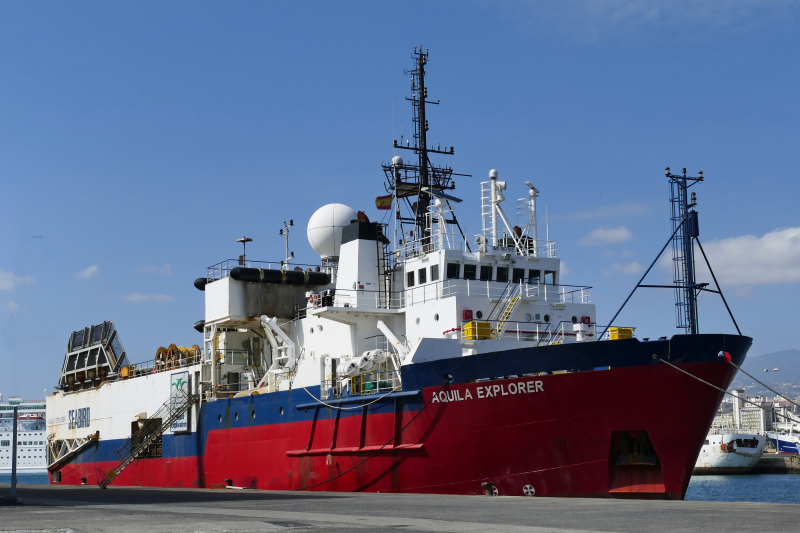La planta de DDR Vessels ubicada en El Musel, la única de España con autorización de la Unión Europea para desmantelar y descontaminar embarcaciones de más de 500 toneladas de registro bruto, recibió al primer buque para su reciclaje. Se trata del ‘Aquila Explorer’, un navío sismográfico noruego, construido en 1982, de 71,23 metros de eslora y 17,54 de manga. Fue adquirido a la naviera Seabird.

Los trabajos comenzarán dentro de dos semanas, durarán cerca de cuatro meses y se desarrollarán en varias fases. La primera de ellas tendrá lugar en el propio muelle y consistirá, principalmente, en la limpieza del buque, el desmontaje de aquellos equipos que sean reutilizables, el corte de palos, el puente y estructuras de sobrecubierta, la extracción de residuos como metales no férricos, madera y plásticos, el aislamiento de las áreas pendientes de descontaminación, la selección de las diversas zonas de corte y la instalación de los primeros equipos con los que llevar a cabo los cortes planeados.
Será en la segunda fase cuando el ‘Aquila Explorer’ sea trasladado a la rampa de la planta de DDR Vessels. Una vez en el dique seco, y como primera actuación, se nivelará el buque para comenzar el corte del casco y el trasvase de los bloques seleccionados al área de corte de las instalaciones. Será en la tercera y última fase cuando dichos bloques sean cortados en fragmentos menores, al tiempo que se procederá al tratamiento de los diferentes efluentes del buque, como las aguas de lastre contaminadas, el agua de las sentinas, los aceites y otros residuos.
Según explica la compañía gijonesa, como resultado de estos trabajos de desmontaje se prevé recuperar un total de 1.700.000 kilos de hierro y acero que posteriormente serán reintegrados en las cadenas de producción de las industrias siderúrgicas españolas.


